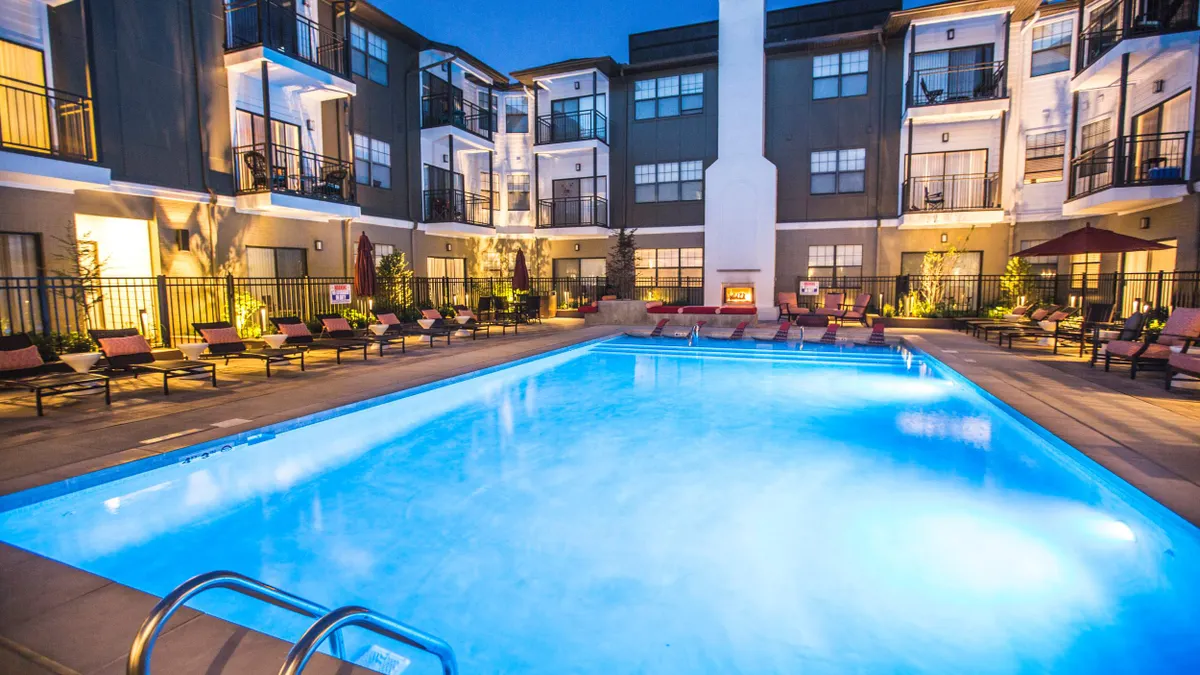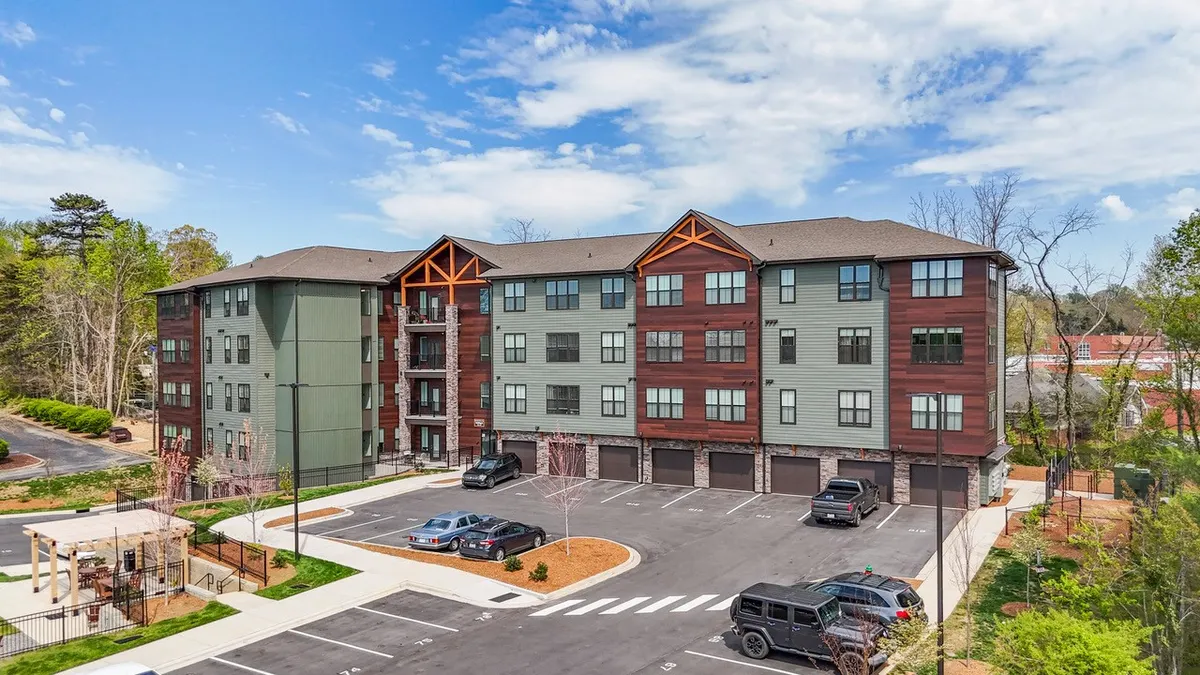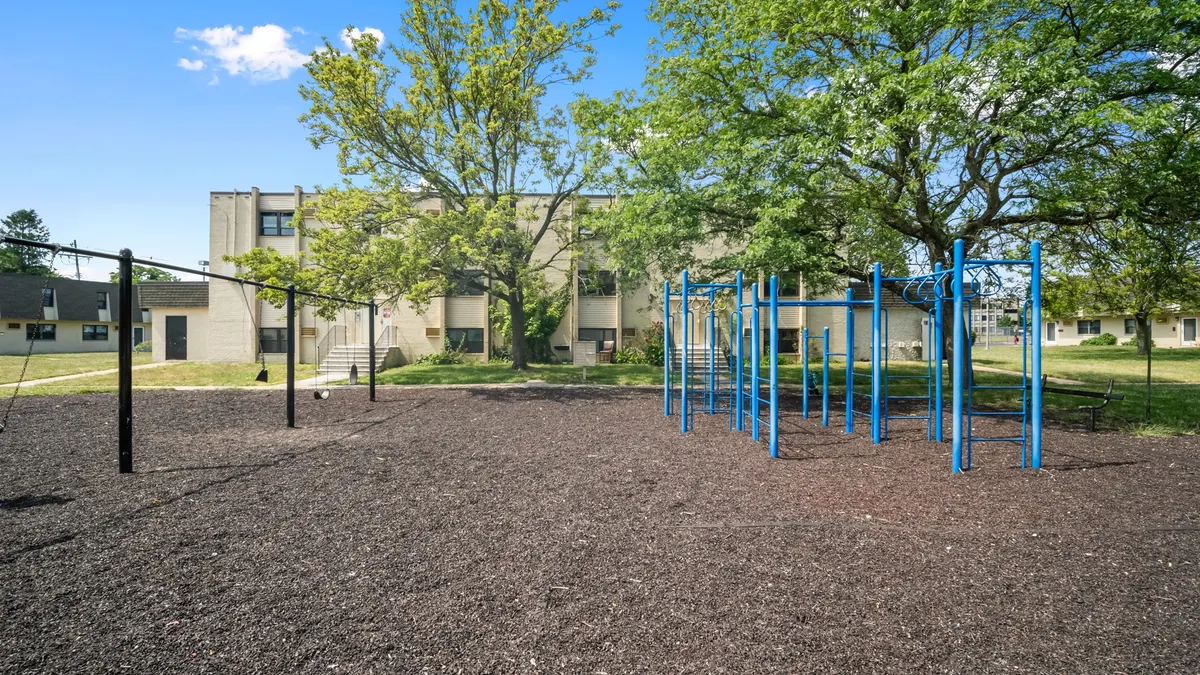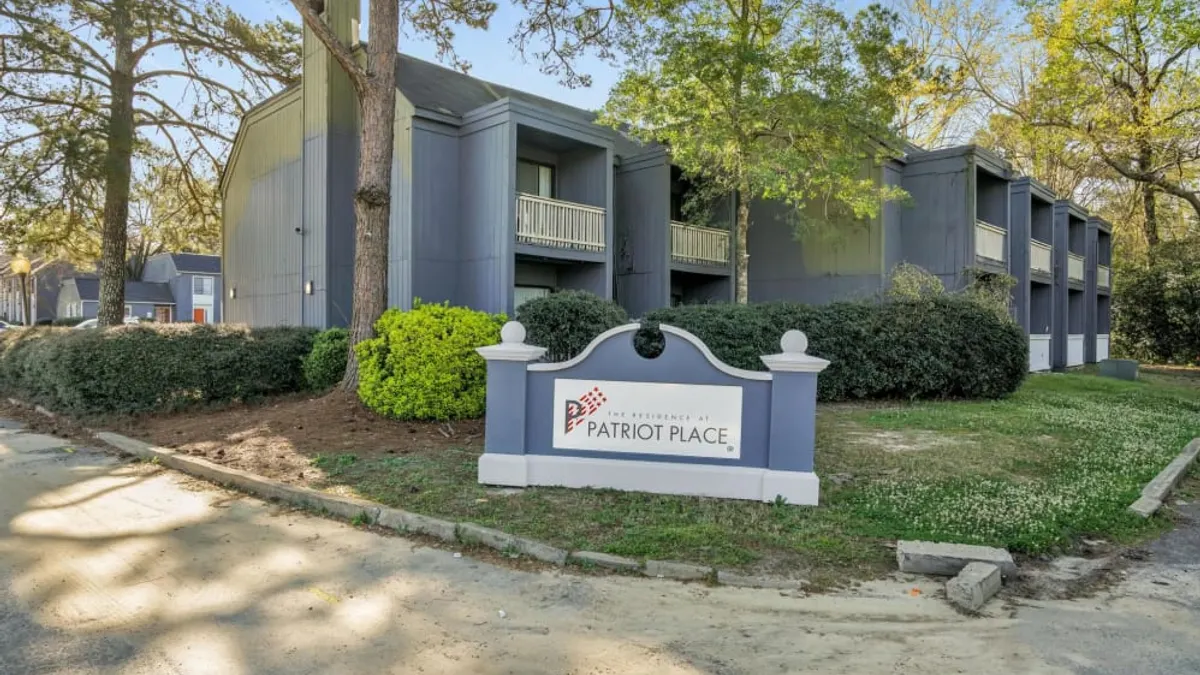Dharam Khalsa is the co-founder of senior housing and assisted living platform Mirador. Opinions are the author’s own.
As older members of Generation X approach their golden years, senior living communities face a crucial challenge: adapting to meet the unique expectations of this tech-proficient, independent and financially conscious generation.

Gen X is typically defined as those born between 1965 and 1980, with the oldest members of this cohort now approaching their sixties. Therefore, many older members of this group have either already moved into senior housing, such as in active adult communities, or are currently exploring their options.
And when it comes to later life housing such as assisted living, older Gen Xers will start moving into these within the next decade, meaning developers of new communities need to start designing these now to meet this cohort’s needs. Here are a few things for developers to keep in mind:
Wellness, with a new context
Health and wellness has been a major design consideration for senior living communities for some time now. However, the unique needs of Gen X have some subtle and not-so-subtle differences compared to baby boomers.
There's also a growing body of research in this area that is reaching similar conclusions. For example, the Mather Institute recently published initial findings of a five year study into Gen X that concluded that Gen X are more concerned about social isolation as they age compared to boomers, while 96% reported that self care is important to them.
This group also places a greater emphasis and awareness on mental health and mental well-being than baby boomers do. There’s some important context to consider here. A higher percentage of Gen X is childless compared to baby boomers, and, on average, those with children have less children than baby boomers. A smaller family network can therefore make people more vulnerable to feelings of loneliness and isolation.
So in addition to providing excellent physical health facilities such as pickleball courts, swimming pools and gyms, senior living providers should also focus on holistic wellness. For example, this could include spaces and programs for spiritual wellness such as meditation, group therapy and mindfulness.
Social programming — such as book clubs, hobby groups or even community volunteering opportunities — can also be key features of holistic wellness.
Working retirement
One of the most glaring differences in approaches to retirement between baby boomers and Gen Xers is giving up work. Research shows that 71% of current baby boomer retirees are not working in any capacity, according to CNBC. However, 53% of Gen Xers intend to continue working in some capacity after retirement, either because they want to or to supplement their retirement income.
Some senior living developments, such as active adult communities, are already adapting to this change by including co-working spaces or home office spaces in their developments, similar to what you can now find in some modern condo and multifamily developments. Other work-related amenities can include business networking groups and support services similar to what you’d expect with a WeWork membership.
A range of budgets
Research varies but paints a consistent picture: The average Gen Xer has less retirement savings than the average baby boomer. For example, a report from the Transamerica Center for Retirement Studies shows that 51% of baby boomers have $250,000 or more saved for retirement, while this figure drops to 31% among Gen Xers.
Therefore, senior living communities need to offer a greater range of options to suit a wider range of budgets. Properties that can provide lower-priced entry points will open themselves up to a much wider share of the overall market.
Greater innovation should also be applied to pricing. Subscription models can help to keep entry prices low while still offering plenty of choice and flexibility for residents. This could include tiered pricing based on different levels of care or add-ons like premium meal services, housekeeping or fitness classes.
By offering financial flexibility, senior care homes can appeal to those who are used to stretching a dollar and avoiding unnecessary expenses.
Tech-savvy residents
Gen X is arguably the first truly tech-savvy generation to enter senior living, having been the generation that first embraced the internet. Creating a connected, smart living environment that residents can control is therefore essential for this cohort. This includes smart thermostats and HVAC controls, smart security systems and home assistants.
Super-fast Wi-Fi with coverage throughout a facility’s grounds, as well as excellent cell service, are also considered must haves. Provider-run mobile apps where residents can book classes, reserve sports facilities, book visitor parking, purchase add-ons and message others are also a great value-add.
All generations are unique and there are plenty of differences between Gen X and baby boomers. It’ll take careful design and planning among senior living developers to meet the expectations of both these groups.
The key is to consider the values and economic context of this cohort to ensure senior living meets their needs over the next few decades. Those who do will lead the way in redefining what aging gracefully means for this generation.















